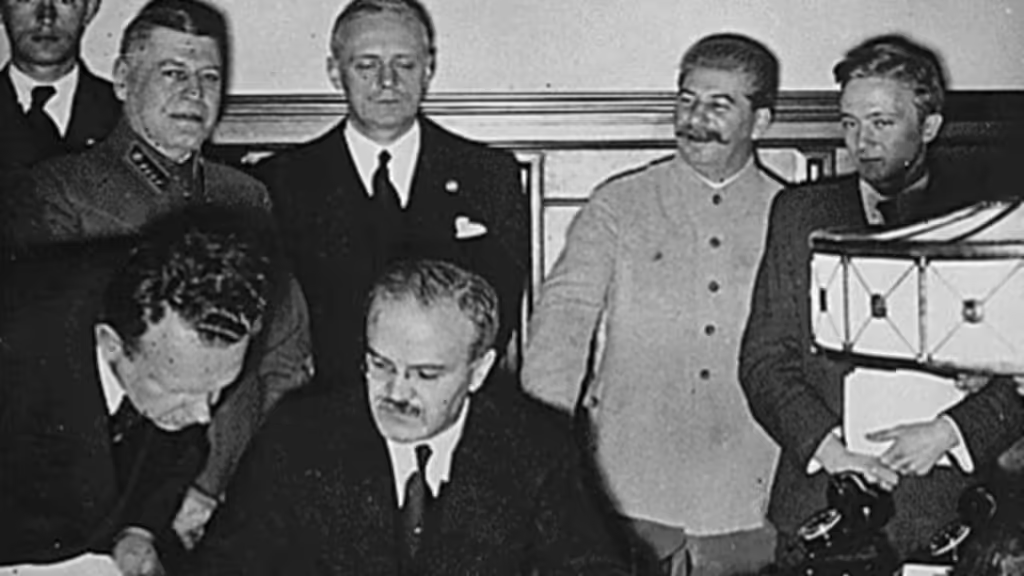
August 23rd is Black Ribbon Day—a day to remember injustice and to call for our vigilance against similar patterns of state terrorism and ethno-religious oppression. This date became known as ‘Black Ribbon Day’ to commemorate the date in 1939 of the infamous Molotov-Ribbentrop Pact between Germany and the USSR (Soviet Union). Historians have long discussed this secretive treaty between these two evil adversaries—Stalin’s Communist Soviet Union and Hitler’s Nazi Third Reich.
How could these two adversaries sign a peace deal? Of course, the answer is that at the time both sides thought it in their strategic interests to do so. What is more important when we think about Black Ribbon Day is the strategic plans these leaders had for erasing entire nationalities and ethnicities. In 1935, Hitler enacted a set of notorious laws, the ‘Nuremberg laws,’ and other statutes designed to eradicate Jewish people from German society, such as the “The Law for the Protection of German Blood and German Honor.”
Hitler advanced a chauvinistic ideology that saw other races and groups as inferior to the Germanic (Aryan) race, and he endeavored to shape a Germanic super society through Darwinian culling of disabled individuals, ethnic minorities, and those who did not subscribe to his evil doctrine. Stalin’s goals were little better. Not only was Stalin’s plan to divide up Eastern Europe in such a way that the countries of Poland, Lithuania, Latvia, Estonia, and others would cease to exist, Stalin sought to eliminate entire classes from society, such as the middle class and the leadership of peasant agriculture, the so-called kulaks.
Marxist-Leninist ideologues within the Soviet Union saw national (cultural) identity as a barrier to the progress of the Communist vision. Communists deliberately sought to absorb neighboring countries and led campaigns (pogroms) specifically targeting ethno-religious minorities within the greater Soviet Union, such as the Muslim Tartars, as well as the national groups that had been absorbed in the 1940s during World War II, such as the Baltic nations. Of course, neither Hitler nor Stalin were successful in their effort to purge these people of their language, history, cultural identity, and religious faiths. In fact, to challenge that hideous legacy, on August 23, 1989, more than two million citizens of the Baltic nations asserted the vitality of their cultures and demanded their political independence in what has become known as ‘The Baltic Way,’ the longest human chain in history, as men and women and children linked hand in hand across Estonia, Latvia, and Lithuania.
Inspired by the fierce determination of yesterday’s Poles, Balts, and others to save their religious faith and cultural heritage from communist erasure, how should we think of Black Ribbon Day today? We should commemorate it both as a historical marker and as a moment to assess our world. Today, there are numerous regimes that label ethno-religious minorities as subhuman and unfit to live. We see this in the ethnic cleansing of the Muslim Royhinga by Burma’s authoritarian military junta. We’ve seen a global rise in anti-Semitism, Hindu nationalists murdering Christians and Muslims in India, and the repression of Communist Vietnam’s Hmong, Montagnards, and others. The most staggering totalitarianism, in terms of scale, is Communist North Korea’s gulag society and Communist China’s concentration camps, where it exploits its ‘undesirables’ – as slaves or coerced organ donors – Muslim Uyhgurs, Falun Gong adherents, Tibetan Buddhists, and others. We must continue to work until Black Ribbon Day is only retrospective, until all of the captive nations and peoples are free.
This article was originally published in Providence. Dr. Eric Patterson is President and CEO VOC. Karl Altau is the Managing Director Joint Baltic American National Committee (JBANC).

